Dragon fruit (Hylocereus spp.), also known as pitaya, is a vibrant, exotic fruit known for its beautiful appearance, refreshing flavor, and nutritional benefits. While it is relatively easy to grow, many home gardeners and even small-scale farmers face a common issue: the plant grows healthily, but it refuses to bear fruit. This situation can be both puzzling and frustrating.
Understanding the reasons behind the lack of fruit production in dragon fruit plants is key to solving the problem. This article explores the most common causes and provides practical, step-by-step solutions to encourage flowering and fruiting.
1. Age and Maturity of the Plant
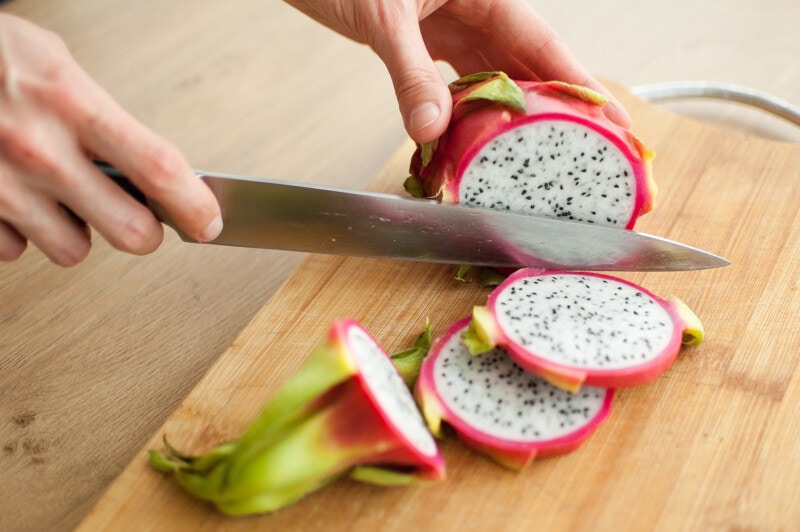
Problem:
Dragon fruit plants don’t begin fruiting immediately. On average, a plant takes 12 to 18 months to mature before it can produce flowers and fruit.
Solution:
If your plant is still young, give it time. Make sure it’s being well-cared for and receiving consistent support, nutrition, and sunlight. Patience is essential during the initial growth phase.
2. Inadequate Sunlight
Problem:
Dragon fruit thrives in full sun, requiring at least 6 to 8 hours of direct sunlight daily. Lack of sufficient sunlight leads to poor flowering or no flowers at all.
Solution:
Ensure your plant is positioned in a sun-drenched location, preferably facing south if grown in the Northern Hemisphere. Rooftop gardens, open balconies, or sunny windows are ideal for indoor growers.
3. Nutrient Imbalance
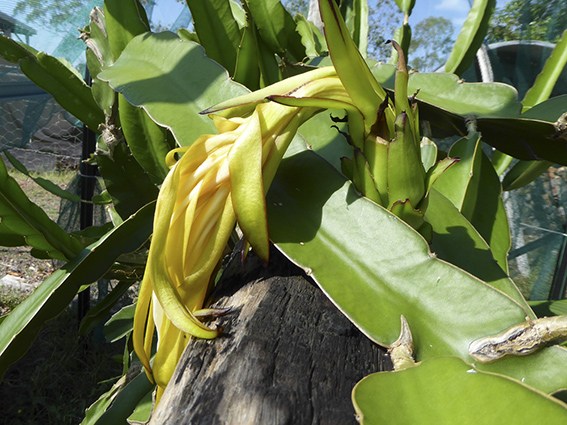
Problem:
Excessive nitrogen encourages vegetative growth (more stems and branches), often at the cost of flower production.
Solution:
- Switch to a low-nitrogen, high-phosphorus and potassium fertilizer (e.g., 5-10-10 or 0-10-10) as the plant matures.
- Apply organic compost or aged manure to promote healthy blooming.
- Fertilize every 4-6 weeks during the growing season, and reduce feeding in winter.
4. Improper Pruning
Problem:
A tangled, overcrowded vine may have too many branches, which diverts energy from flowering.
Solution:
Prune the plant to remove weak or overcrowded stems. This:
- Improves airflow and sunlight penetration.
- Encourages vertical growth and better flower development.
Focus on maintaining a balanced trellis structure with healthy, strong arms.
5. Lack of Support or Trellis
Problem:
Dragon fruit vines are climbers that need vertical support. Without this, they sprawl on the ground and may not flower effectively.
Solution:
Install a sturdy trellis or pole to train the plant vertically. Structures like concrete posts, wooden frames, or bamboo stakes can be used. Train the vines to grow upward and then allow them to cascade over the top, where they tend to flower most abundantly.
6. Pollination Issues
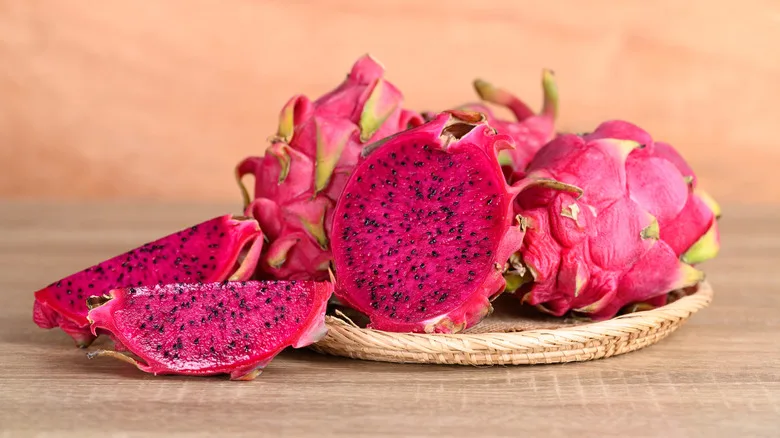
Problem:
Dragon fruit flowers are nocturnal and bloom only for one night. Poor pollination—especially in self-sterile varieties—can prevent fruit development.
Solution:
- Hand pollinate using a soft brush to transfer pollen from the anther to the stigma (either within the same flower or another one if the variety is not self-fertile).
- Best time: between 9 p.m. and 2 a.m.
- Encourage pollinators such as moths and bats by using night-scented flowers nearby and reducing pesticide use.
7. Wrong Variety or Self-Sterility
Problem:
Some dragon fruit varieties are not self-pollinating, which means they require cross-pollination with a different variety.
Solution:
- Know your variety: Common self-sterile varieties include Hylocereus undatus and H. polyrhizus.
- Plant two different compatible varieties to ensure successful cross-pollination.
- Alternatively, buy self-fertile varieties like Hylocereus megalanthus (yellow-skinned dragon fruit) if you’re limited on space.
8. Environmental Stress and Temperature
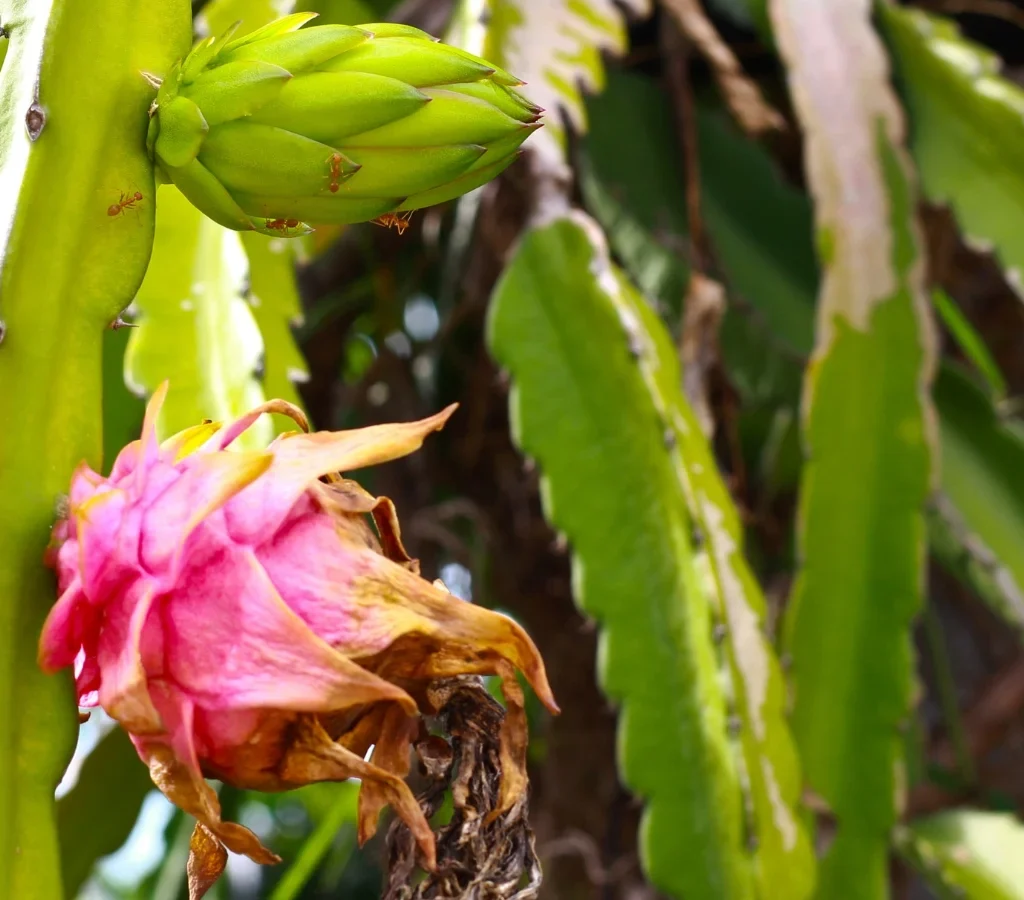
Problem:
Dragon fruit plants are sensitive to extreme cold or prolonged wet conditions. Stress caused by low temperatures, frost, or waterlogging may prevent flowering.
Solution:
- Ideal temperature: 20°C to 35°C (68°F to 95°F).
- Protect from frost using row covers or greenhouse structures.
- Avoid overwatering—use well-draining soil to prevent root rot.
9. Pests and Diseases
Problem:
Pests like mealybugs or aphids and diseases such as stem rot can weaken the plant and interfere with its fruiting ability.
Solution:
- Regularly inspect the plant for signs of infestation.
- Treat pests with neem oil, insecticidal soap, or biological control agents.
- Use fungicide sprays or remove infected plant parts if rot is spotted.
- Maintain good air circulation and avoid overwatering to keep diseases at bay.
10. Seasonal Behavior

Problem:
Dragon fruit typically blooms during the summer months. If you’re expecting flowers in winter or early spring, you may be too early.
Solution:
- Understand the plant’s natural flowering cycle in your region.
- In tropical climates, dragon fruit may bloom more frequently, while in temperate zones, it typically fruits once or twice during the warmest months.
Practical Tips to Boost Fruiting:
Add Epsom Salt: Magnesium sulfate can help trigger blooming. Dissolve 1 tablespoon in a gallon of water and apply monthly during the flowering period.
Train Vines with Care: Tie branches loosely to the trellis to avoid stem damage and allow for natural arching, which promotes blooms.
Flower Induction Techniques: In some cases, you can induce flowering with a slight root restriction or by temporarily reducing watering, mimicking drought stress, then watering again to stimulate flowering.
Use of Bloom Boosters: Organic options like bone meal or seaweed extract can improve bloom output.
Conclusion
Dragon fruit cultivation is rewarding, but when flowering and fruiting don’t occur, it’s often due to easily fixable issues. Whether it’s light, nutrition, pollination, or variety-related, addressing the underlying cause will get your dragon fruit plant back on track. With proper care, pruning, and pollination practices, you can enjoy a plentiful harvest of this beautiful tropical fruit—even from your own rooftop, balcony, or backyard garden.

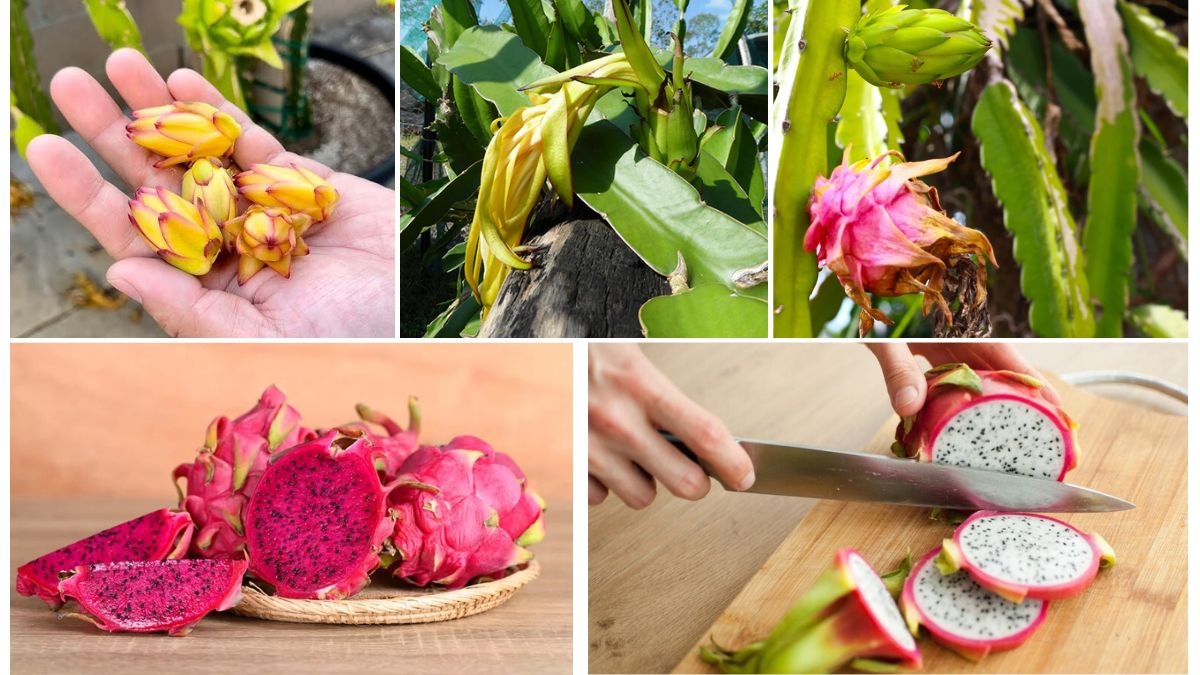





Leave A Comment